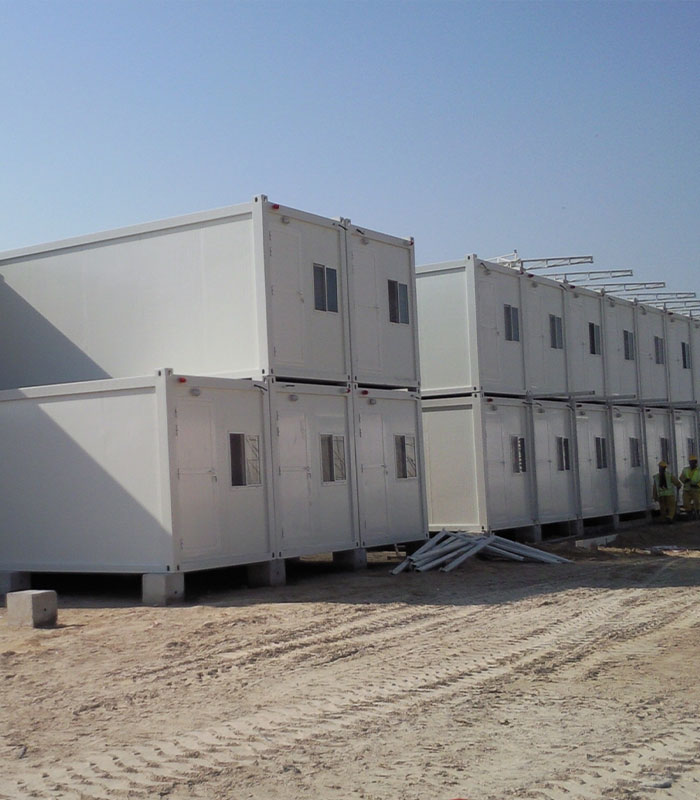
Prefab factory buildings have gained popularity due to their versatility, efficiency, and cost-effectiveness. They cater to diverse industrial needs by offering customizable solutions tailored to specific requirements. Whether it’s a small workshop or a large manufacturing facility, prefab factories can accommodate varying sizes and applications, providing businesses with flexible spaces that evolve alongside their operations.
Customization for specific requirements
One of the key advantages of prefab factory KSA buildings is their versatility in design and customization. Manufacturers can tailor the layout, size, and features of the building to accommodate specific production processes and workflows. Whether it’s the need for open floor space, specialized equipment installations, or dedicated areas for logistics and storage, prefab buildings can be configured to optimize efficiency and productivity for a wide range of industrial applications.
Modular construction for scalability
Modular construction techniques enable the rapid assembly and expansion of prefab factory buildings to adapt to changing operational requirements. Additional modules can be smoothly integrated into existing structures to accommodate growth or reconfigure space as needed. This scalability makes prefab buildings an ideal choice for businesses experiencing fluctuating demand or planning for future expansion.
In addition, prefabricated factory buildings are manufactured off-site in controlled factory environments, allowing for efficient production and quality control. Components are fabricated simultaneously while site preparation and infrastructure work are underway, significantly reducing construction timelines compared to traditional building methods. Once manufactured, prefabricated modules are transported to the site for assembly, minimizing disruption to ongoing operations and ensuring timely project completion.
Integration of sustainable practices
Prefab factory buildings can be designed and constructed with sustainability in mind, incorporating energy-efficient features, recycled materials, and renewable energy sources. From green roofs and solar panels to rainwater harvesting systems and passive heating and cooling techniques, there are numerous ways to minimize the environmental impact of prefab construction. By embracing sustainable practices, industrial businesses can reduce their carbon footprint and operating costs while demonstrating a commitment to environmental stewardship.
Versatile prefab factory buildings offer industrial businesses a cost-effective, customizable, and sustainable solution for meeting their diverse operational needs. From streamlined construction processes to modular scalability and integration of sustainable practices, prefab buildings are well-suited to support the evolving demands of modern manufacturing and industrial production.

